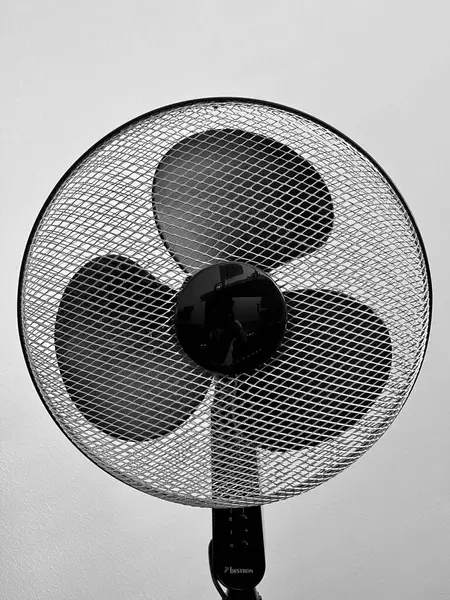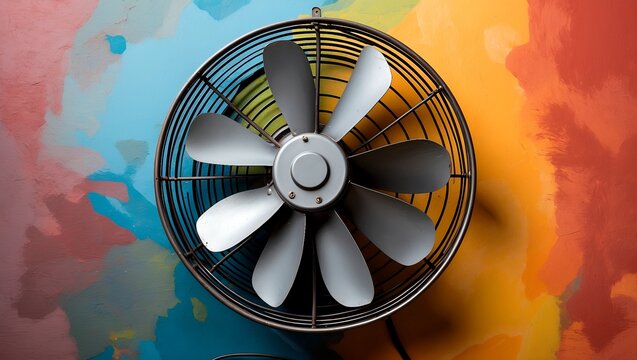Residential Cooling Solutions: Choosing the Right Fan for Your Home
Selecting the appropriate fan for residential applications requires careful consideration of room size, ceiling height, existing décor, and specific cooling requirements. Ceiling fans remain the most popular choice for general room circulation, offering both functional cooling and aesthetic enhancement to living spaces.
Room size directly impacts fan selection, with blade span requirements ranging from 29 inches for small spaces to 60 inches or larger for expansive rooms. Proper sizing ensures optimal air movement without creating excessive noise or energy waste. Additionally, ceiling height determines mounting options, with standard mount fans suitable for ceilings above 9 feet and hugger-style fans designed for lower ceiling applications.
Modern residential fans incorporate LED lighting systems, remote control operation, and smartphone connectivity for enhanced convenience and energy efficiency. These features allow homeowners to customize lighting levels, adjust fan speeds, and program automated operation schedules to maximize comfort while minimizing energy consumption.




